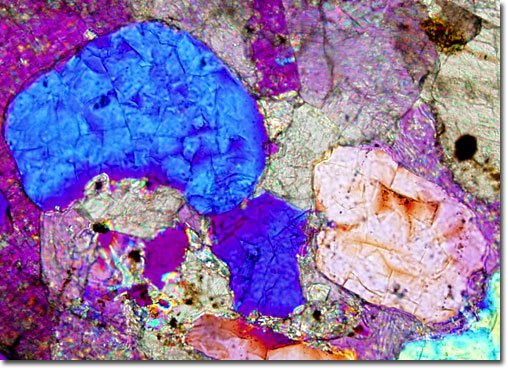|
Coquina is a rare type of rock, few deposits of the limestone having been identified around the world. The best-known occurrences of coquina, however, can be found in Florida. In fact, after losing a number of wooden fortifications in fires, coquina became the preferred building material for Spaniards inhabiting St. Augustine, the first permanent European settlement in the United States, during the 1600s. Thus, fittingly, coquina is a Spanish term that derives from the word cockle, which is believed to be a diminutive of form of concha, meaning "shell." Many buildings constructed during the Spanish occupation of Florida stand to this day, acting as a testament to the durability of the rock. Furthermore, the Castillo de San Marcos, which the Spaniards began constructing in 1672 and which is considered the largest coquina structure on Earth, is so strong that it was never taken by military force. Today, this impressive fortress is a national monument that thousands of visitors enjoy each year.
|
